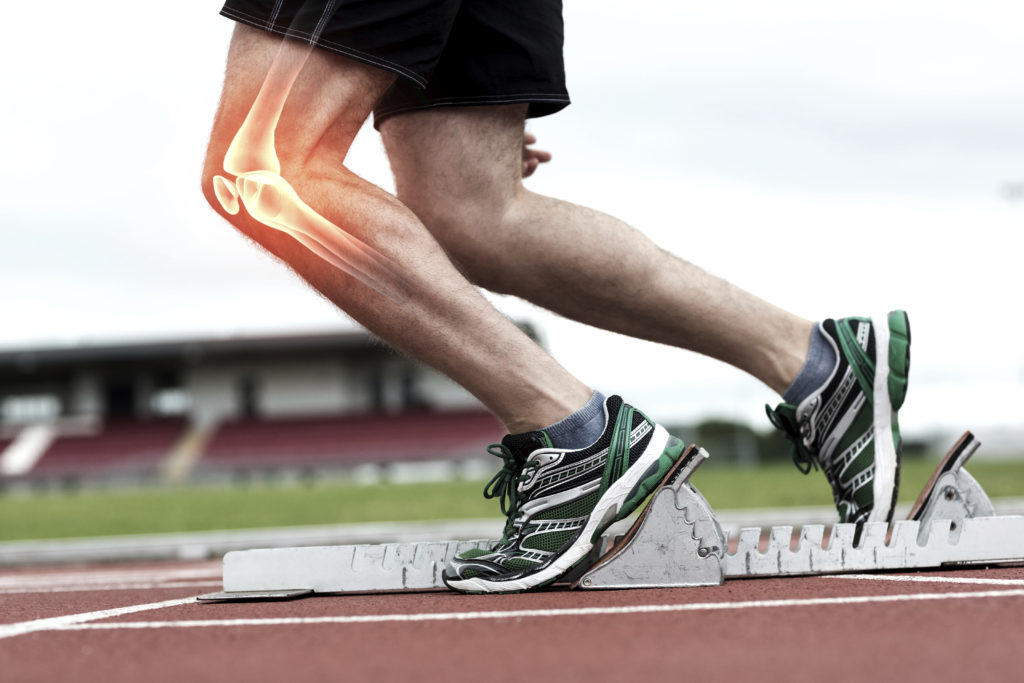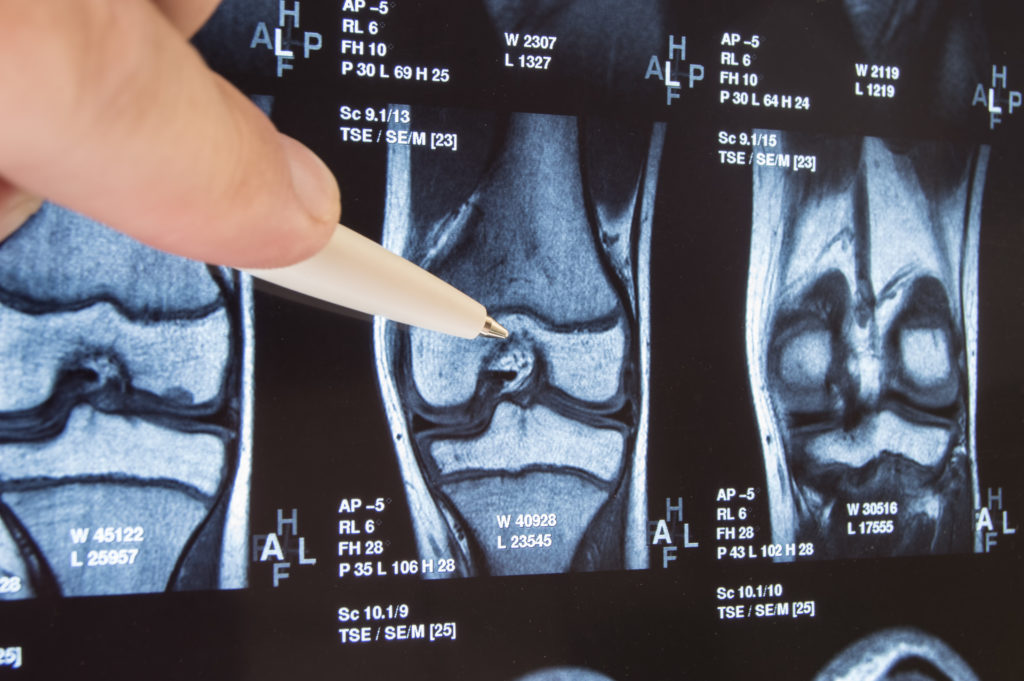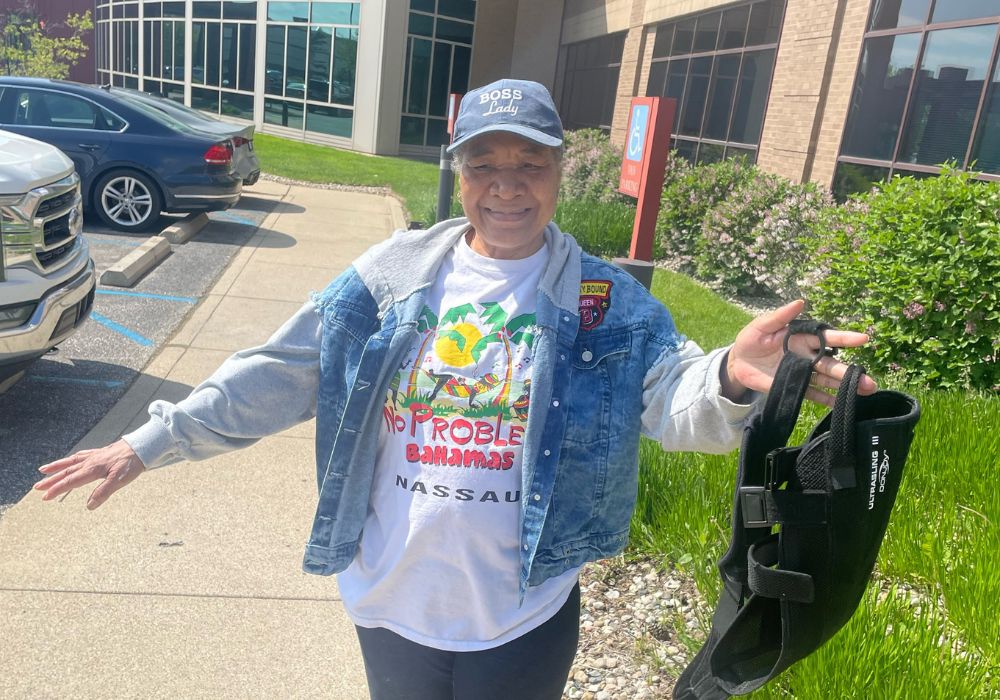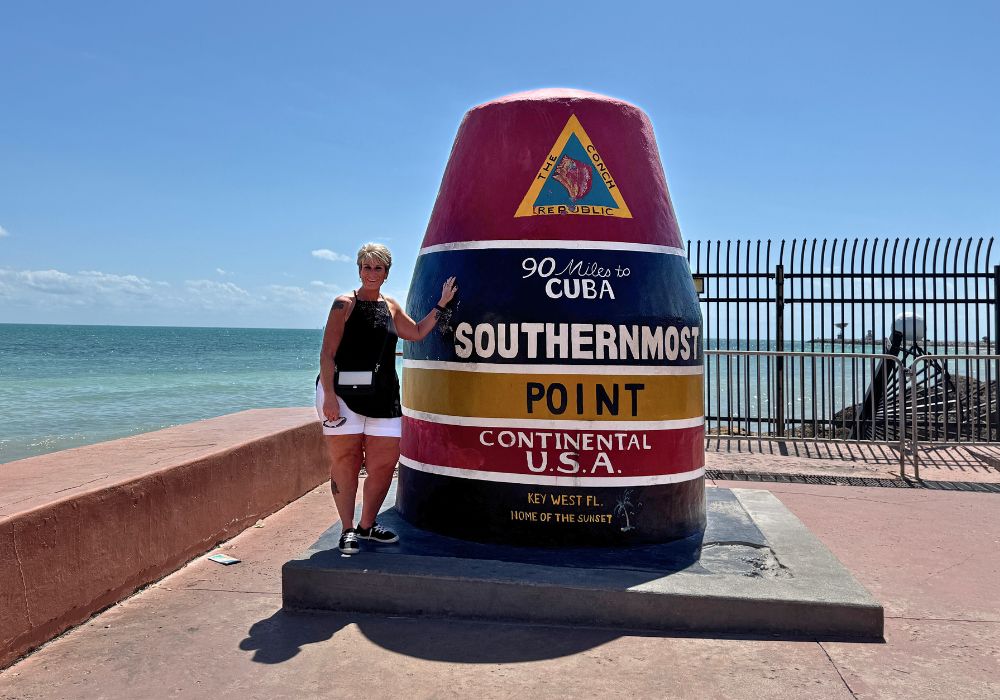OrthoIndy cartilage restoration specialist, Dr. Jack Farr explains the KineSpring® System.
The KineSpring® System
I am beginning a study of the KineSpring® System as the chief primary investigator. The KineSpring System is intended to treat symptoms of pain and loss of function caused by medial compartment knee osteoarthritis.
Right now, doctors at 5 other sites in the United State are working with me on this clinical research study, the SOAR Clinical Trial, to evaluate the safety and effectiveness of the KineSpring System for the treatment of knee osteoarthritis.
Osteoarthritis is a common degenerative disease affecting joints, such as knees, hips, hand and back. It causes the joint’s cartilage to break down, resulting in pain and loss of motion. Initially, osteoarthritis can be treated with various conservative measures including medication, bracing, and activity modification. Sometimes, joint replacement surgery is also recommended.
I wanted to get involved with the study because of my interests in early intervention knee procedures ranging from the ReNu amniotic membrane and cell suspension injection to operative procedures with cartilage restoration, knee realignment and partial knee replacement. There were still a group of patients who either did not optimally fit or like these options. As a result, I sought out new potential treatments for my patients.
The KineSpring System is an implantable device intended to treat the symptoms of pain and loss of function caused by medial compartment knee osteoarthritis. It is designed to work by carrying a portion of the weight that would normally be carried by the natural knee.
Use of the KineSpring System requires surgery. The implant is placed under the surface of the skin alongside your knee joint and is attached to the side of your femur (thigh bone) and tibia (shin bone) using bone screws. To move with the natural knee, the implant has two ball and socket joints, one on the femoral and one on the tibial side. A spring placed between the ball and socket joints causes some of the weight in your knee to be transferred to the implant when the spring is compressed.
The KineSpring System works by decreasing the weight on the inside (medial) portion of the knee that has moderate arthritis. The bone is not cut. A base plate is attached closely to the thigh (femur) and the shin (tibia). A firm spring is attached to these plates and pushes the bones apart during weight bearing activities. Patients with inside (medial) knee pain who have bowed (varus) knees have often been placed in an unloader (off loader) knee brace. Many of these patients like the decreased knee pain with the brace, but don’t like the way the brace fits or the brace itself is uncomfortable. Some braces slide on the limb and some patients don’t like applying the brace and removing it on a regular basis. The relief they feel in the brace is similar to what they would experience with the KineSpring System—only the KineSpring is always in place.
Obviously, as it is open surgery, so there will be pain, but the pain is managed by oral medications as there are NO bone cuts allowing the patient to return home in less than 23 hours after surgery. My team teaches the patient the home rehabilitation program and makes sure they are safe with crutches. During the first week, swelling and controlled pain are expected. Gentle motion and strengthening exercises are performed at home. Gradually, weight bearing is increased. Some patients are off crutches without limping by three weeks other may take six to eight weeks to fully wean off crutches. Interestingly, patients note that their “arthritis pain” is either greatly diminished or gone when they become full weight bearing. The soft tissue discomfort usually takes three to six months to gradually resolve.
The KineSpring System is an investigational device in the United Sates. There have been three clinical studies (Austrailia and Europe) to evaluate the KineSpring System. A total of 100 patients were treated in these studies, and 18 of these patients were implanted with the version of the device that will be used in the new SOAR Clinical Trial conducted in the United States.
If a patient chooses to participate in the SOAR Trial, they will meet with our team to discuss their knee pain and medical history to make sure the study is appropriate for them. If they are eligible for the study and choose to continue, I will perform the KineSpring Procedure at no cost to the patient. Following the procedure, patients will be asked to meet with the study team four times over the next 12 months, and then once a year for the next five years.
The study sponsor covers not only the cost of the implant, but also the hospital charges. There are no additional charges to the patient or insurance company once enrollment is complete. There are standard fees and charges during the initial screening evaluation. If the patient decides they want the implant removed, the sponsor also pays for that procedure. Upon removal, the knee joint proper is as it was before the procedure.
Delays in participation occur if the candidate has had a knee cortisone/viscosupplement injection or arthroscopic surgery—patients need to wait three months after these interventions to participate in the study.
To make an appointment with Dr. Farr please call 317.884.5163 or learn more about cartilage restoration.
Schedule an appointment
Your well-being is important to us. Click the button below or call us to schedule an appointment with one of our orthopedic specialists. If your injury or condition is recent, you can walk right into one of our OrthoIndy Urgent Care locations for immediate care. For rehabilitation and physical therapy, no referral is needed to see one of our physical therapists.





